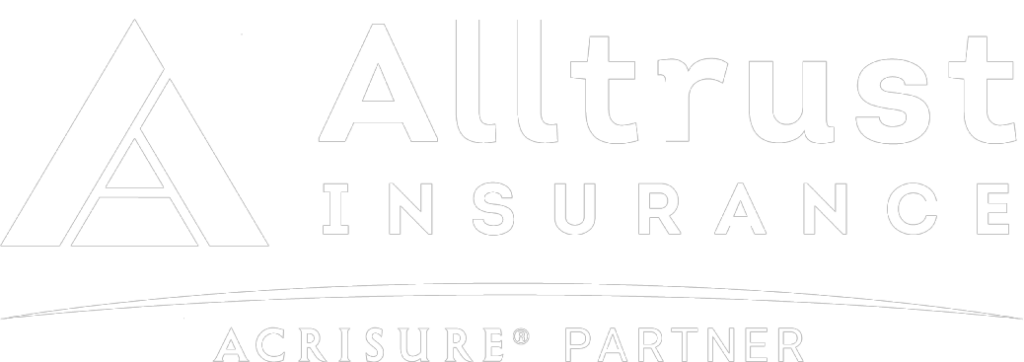Prescription drugs are meant to treat conditions, relieve pain, and improve health, but some medications are unattainable for many patients when drug prices are too high. Drug prices have been increasing over the years and are higher than the inflation rate. The cost of prescriptions is one of the main contributors to the surging rise in out-of-pocket expenses. Americans pay more for prescription drugs than any other developed country. When people are unable to afford their necessary medication, it can be detrimental to their health.
Why Are Prices Rising, and What Impacts Prescription Drug Costs?
People are forced to pay more for prescription drugs due to the rising list prices because drug manufacturers are unregulated. Manufacturers are legally able to set drugs to any price they feel is appropriate. Even for medications that have been on the market for decades and their production costs remain the same, manufacturers can still increase the drug prices to whatever they see fit.
In addition to manufacturers setting drug prices, there are a few other factors that affect the cost of prescription drugs. Due to the patent system, drug companies can have monopolistic control over a given market. They are able to increase drug prices without the worry of competition. The US government does not set ceiling prices on drugs like they do in other developed countries, which is why drug prices in America are exponentially higher.
How Have Prices Increased?
Drug prices are advancing past inflation and are still set to rise. Companies like AARP and GoodRX have been studying and tracking the cost of prescription drugs for years. Drug prices have been on the rise since 2014 and have steadily soared. Manufacturers typically alter prices in January and July each year. This year, the cost of over 800 medications has increased, both brand name and generic medicines, and 155 manufacturers raised their drug prices. According to GoodRX, this year, brand-name drugs increased cost by an average of 4.9% and generic drugs increased by an average of 12.6%.
Here are the number of price hikes over the last few years:
- 2022 – 810
- 2021 – 832
- 2020 – 700
GoodRX also tracks the most expensive drugs and treatments in the US. Some are in pill form that can be taken at home, a kit that can be self-administered, or injections that need to be administered by a healthcare professional. Here is the list as of 2021:
- Zolgensma – a medication to treat spinal muscular atrophy
- Zokinvy – the only FDA approved drug that treats Hutchinson-Gildford progeria syndrome
- Danyelza – treatment therapy for neuroblastoma for pediatric and adult patients
- Myalept – the only treatment available for leptin deficiency with generalized lipodystrophy
- Luxturna – a gene therapy that treats an inherited form of retinal dystrophy
- Folotyn – therapy for peripheral T-cell lymphoma
- Brineura – medication that treats a specific form of Batten Disease
- Blincyto – treatment for a rare form of acute lymphoblastic leukemia
- Ravicti – used to treat urea cycle disorders
- Soliris – regimen to treat paroxysmal nocturnal hemoglobinuria and atypical hemolytic uremic syndrome
Many of the drugs listed above are the only FDA-approved treatment options and don’t offer a generic alternative. These are life-saving drugs that many patients go into debt to obtain as some insurance plans don’t cover every medication or treatment.
Ways To Reduce Prescription Drug Costs
Dealing with the spike in drug costs can be overwhelming on your own. Not getting the medication you need in order to live a healthy life is a challenging burden. Thankfully, there are a few ways to combat rising costs of prescription drugs.
One of the easiest ways to cut down on medication costs is to use generic medications when available. Although some prescriptions don’t offer a generic alternative, there are a significant number of name-brand drugs that have a cheaper solution. Their quality in comparison is quite similar and typically just as effective.
Another way is to ask your doctor for a different medication. Generally, when doctors prescribe medication to their patients, they are unaware of their insurance plans and what the drugs will cost. Asking the pharmacist if there is a similar drug to the prescription if the cost is too high and then checking with your insurance carrier if that medication is covered can help save on cost.
As mentioned above, some medications only have the name-brand and no other cheaper alternative. Some companies and manufacturers offer coupons and rebates in order to keep their medications accessible to patients. A few websites do the hard work for you and search for cheaper medications and compare pharmacy prices are Community CaresRX, WellRX, and GoodRX. Some pharmacies might have other discount programs they recommend.
A few manufacturers offer patient assistance plans for those that are uninsured, underinsured, and low-income. Typically, if a manufacturer provides these plans the information will be on their website. Just like the rebate websites, there are a few websites that find if a medication has a patient assistance program; RX Assist, RXOutreach. These websites can help find the cheapest medication available for your needs, and can determine if certain medications are actually more affordable without insurance.
Stay Healthy With Alltrust
At Alltrust Insurance, we understand the rising cost of medications and health care can affect anyone. This is why we provide these resources to all of our employees, clients, and their families. Our priority is to help families live a healthy lifestyle without sacrificing their livelihood. With the skyrocketing price of necessary drugs, we don’t want anyone to go without the care they need due to financial aspects.
We offer services like cost management to advise clients on how to manage their bottom line while providing the best care possible for their employees. Contact us today to see how we can help find the right plan for you and your employees.




